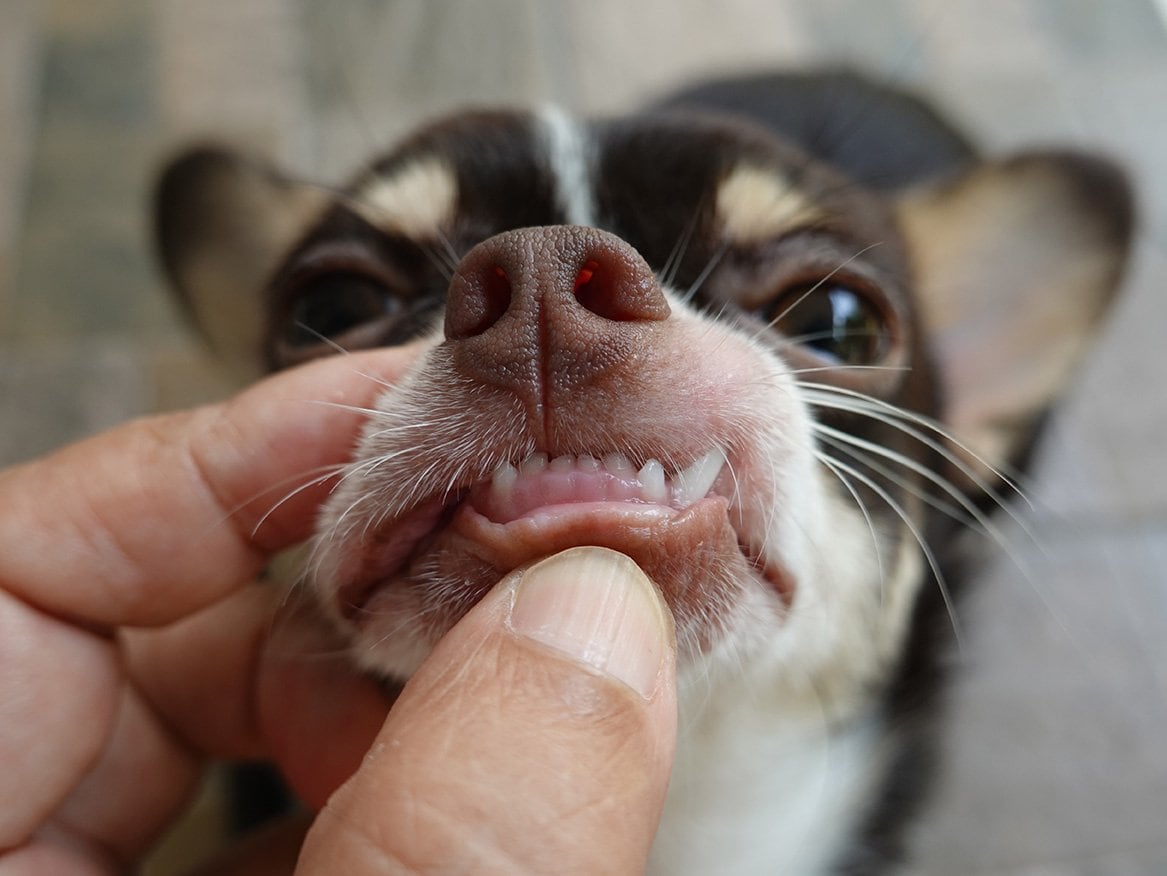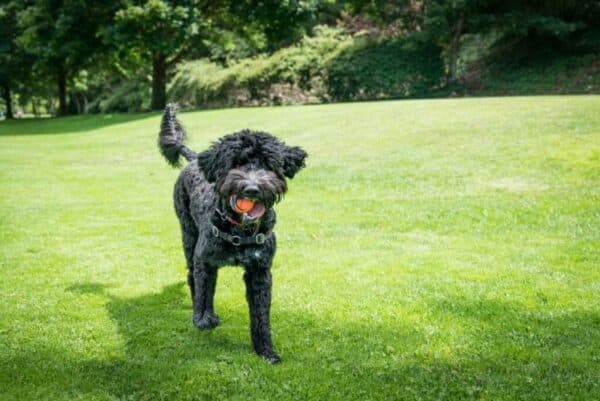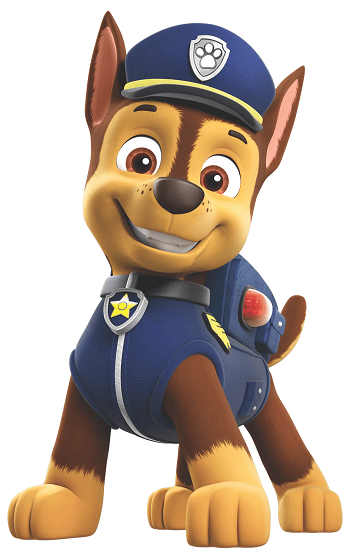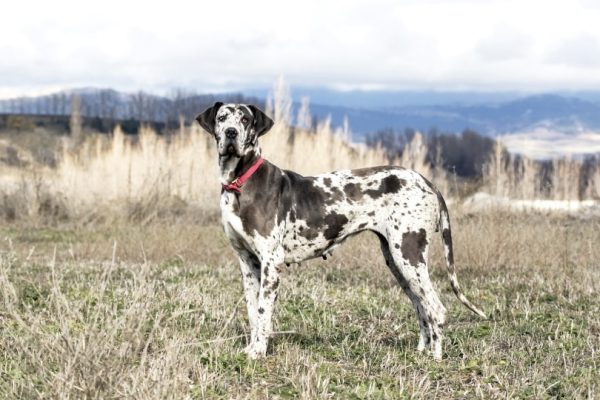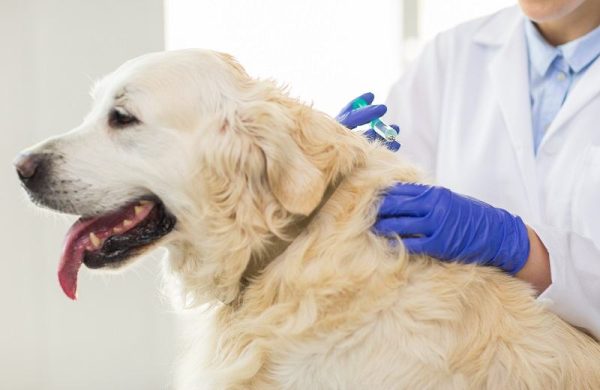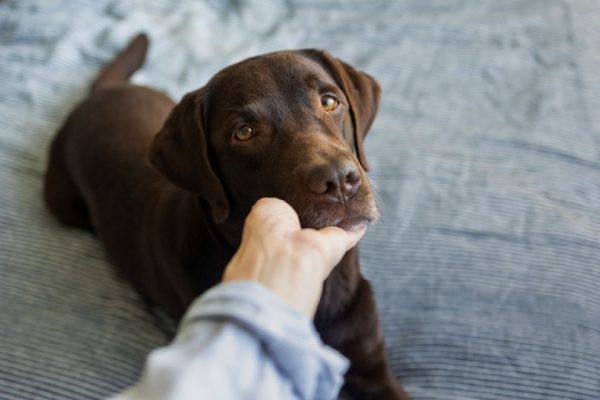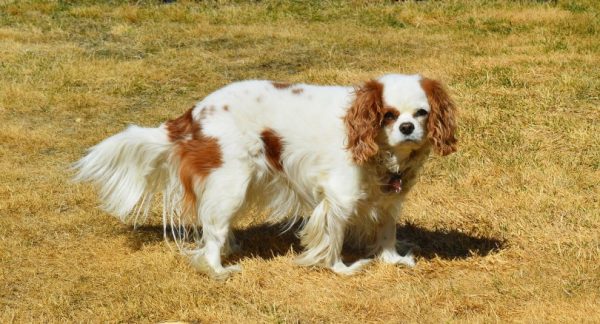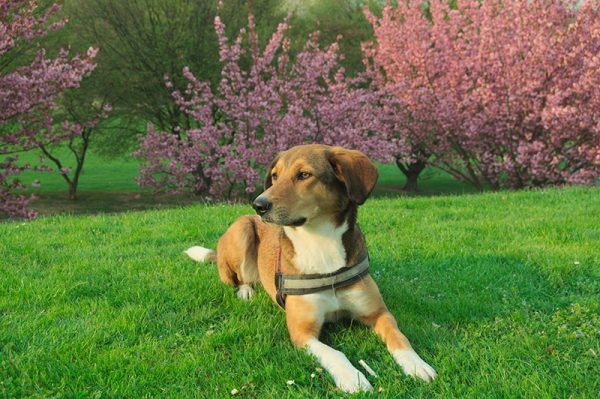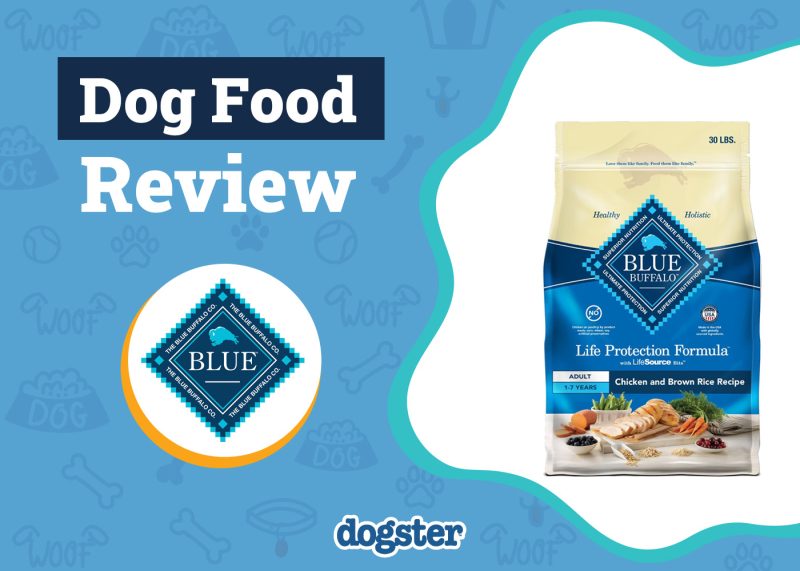In this article
View 3 More +Like humans, dogs have baby teeth that fall out as their adult teeth come in. If you are a first-time canine owner, you should know that this usually occurs when your pup is around 12 weeks old. To learn more, keep reading as we look at the different stages of tooth growth, from when the baby teeth first start to appear to when the adult teeth are in place, so you can understand your pet better.

The Canine Teething Timeline
Puppies are born without teeth. However, by 2–4 weeks, you will start to see the first teeth appear, and all the baby, or deciduous, teeth will be in place by the time they are 6-8 weeks old. Puppies have 28 baby teeth, which will eventually be replaced by 42 permanent teeth.
The process of losing baby teeth and the growth of adult teeth in puppies is called teething. They usually start to lose their first baby teeth as their adult teeth begin to come in at around 12 weeks, which can lead to sensitivity, loss of appetite, and even bleeding. Most puppies will have a strong urge to chew, so it will be important to direct their attention toward appropriate objects, so they don’t get injured or in the habit of chewing on something that they shouldn’t, like your shoes.
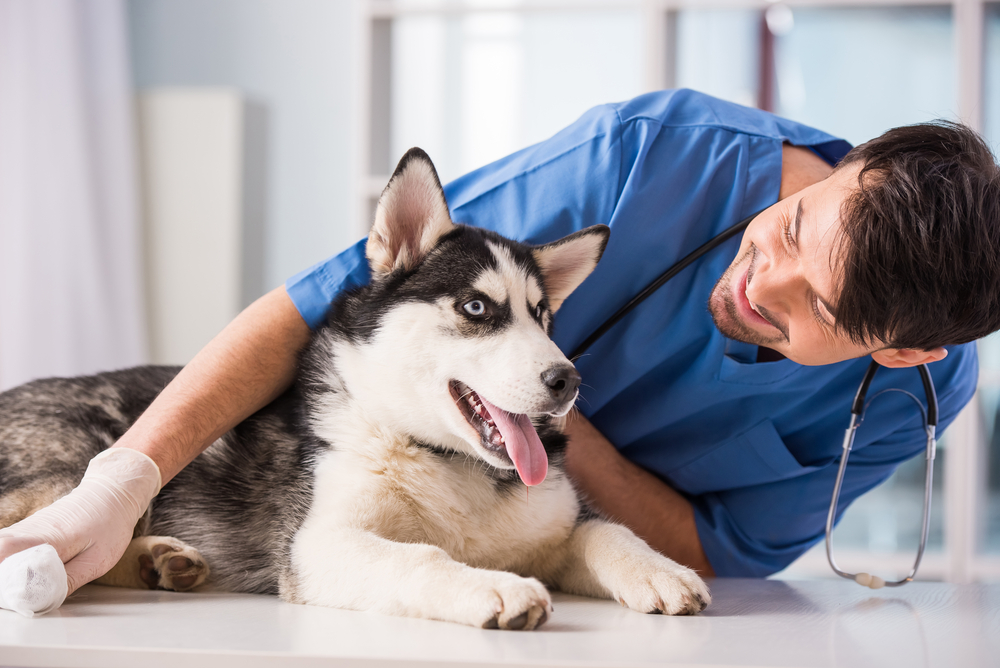
12–16 Weeks Old
At 12–16 weeks, you may notice your puppy losing their teeth as their adult teeth grow in. The first to come through will likely be the incisors that they use for nibbling on food and grooming themselves. They will have 12 in total, six on top and six on the bottom.
16–28 Weeks Old
At 16–24 weeks, you will start to see your pup’s canine teeth and premolars emerge, followed by their molars, and their desire to chew on items will increase. They will have four sharp and pointy canine teeth, two on top and two on the bottom, along with 16 premolars and 10 molars that they will use for chewing and grinding, for a total of 42 adult teeth.
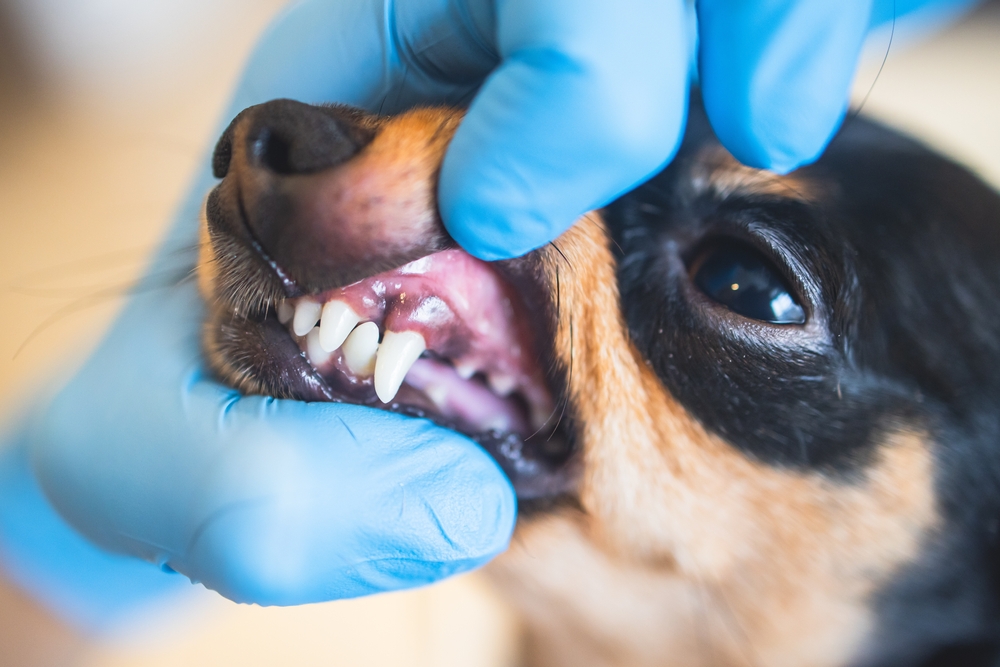
6 Months and Older
Most puppies will have lost all their puppy teeth and will have their full set of adult teeth by the time that they are 6 months old.

Signs That Your Puppy Is Teething
- Increased chewing and biting on toys, furniture, or your hands.
- Drooling more than usual
- Whining or showing signs of discomfort
- Bleeding from the gums
- Loss of appetite

How to Help Your Puppy When They’re Teething
Provide safe chewable toys that can help soothe your pet’s gums and prevent them from chewing on things that they shouldn’t. Freezing these toys can provide additional relief. Keeping a consistent feeding and exercise schedule will also help get your new puppy into a routine, which will help them feel more comfortable, especially when they are feeling stressed, like they will when teething.
If your puppy seems to be in significant pain, there is a significant amount of blood, or if you notice anything else unusual about the teething process, consult a veterinarian immediately for guidance.
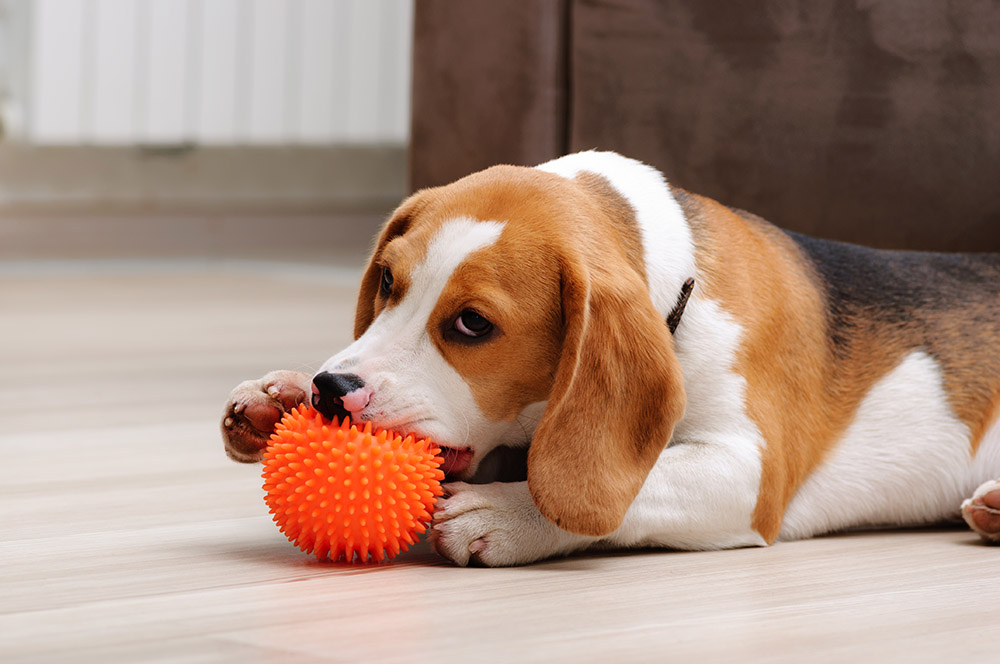

Frequently Asked Questions
Why Didn’t I Find Any of My Puppy’s Baby Teeth?
It is common for puppies to swallow their teeth as they fall out, and it usually happens when they are eating without any cause for concern.
How Can I Tell If My Puppy’s Adult Teeth Are Coming in Correctly?
As your puppy’s adult teeth come in, they should be straight and not crowded. If they seem crooked or wrong for some reason, talk it over with a vet.
Did you know you can speak to a veterinarian without having to travel? Just head over to PangoVet. It's our online service where you can talk to a vet online and get the advice you need for your pet — all at an affordable price!

Should I Brush My Puppy’s Teeth During Teething?
Yes, but you will need to be extra gentle due to their sensitive gums. Getting your dog used to manual brushing as early as possible can help get them into a routine that lasts into adulthood and helps prevent dental disease.
Dental disease is a serious problem for dogs, with more than 80% of dogs over the age of 3 having a form of it.

Summary
Puppies will start to lose their teeth when they are around 12 weeks old, and it will continue as they get new teeth until they are about 6 months old. During this time, your dog could experience slight discomfort, as their gums are likely sensitive and may even bleed a bit. Teething dogs also frequently start to chew on things as a form of relief and can damage your home or belongings if you don’t provide them with something suitable that they can use instead.
If you notice your pup’s teeth coming in crooked or all bunched up or your dog seems to be in extreme pain, call a vet for advice.
Featured Image Credit: Chang Pooh24, Shutterstock
